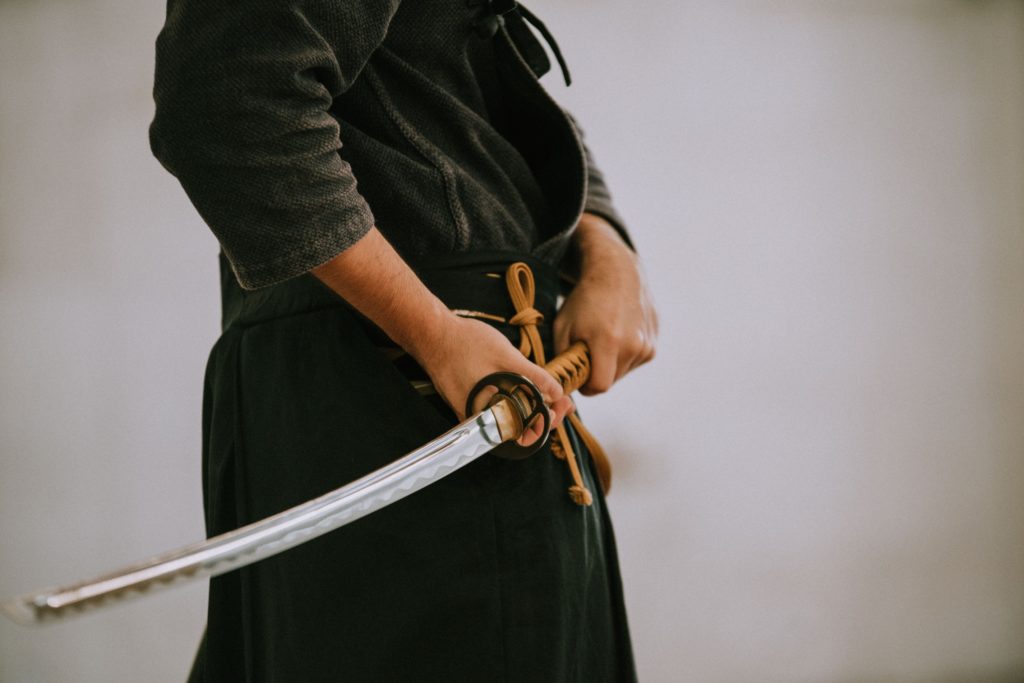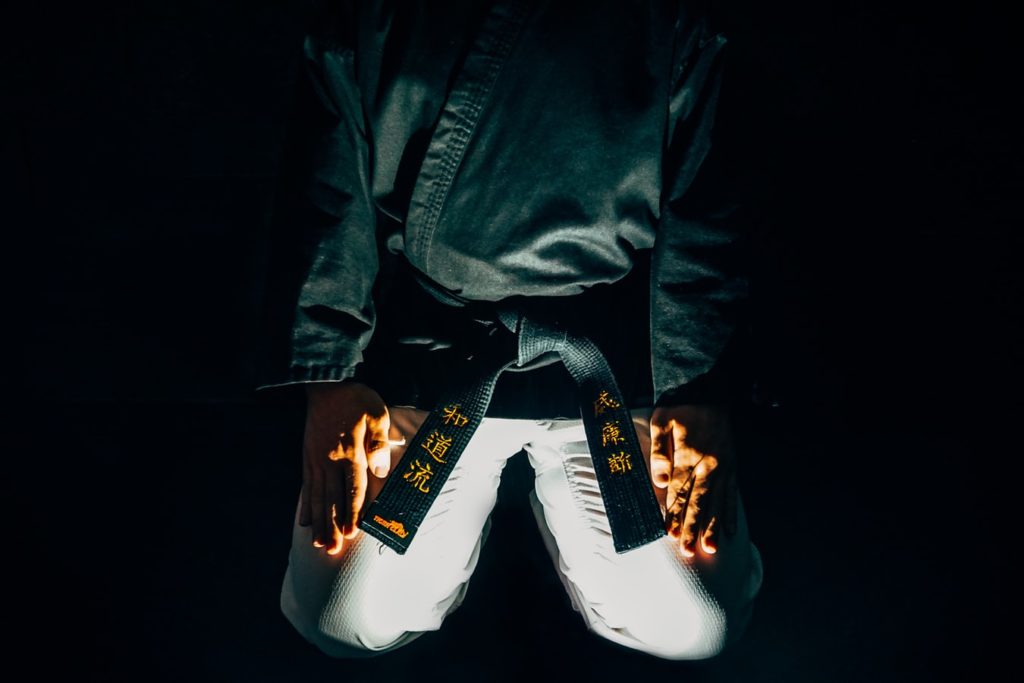Bushido Code: The Principles of the Samurai
BushidÅ or the “Way of the Warrior†is the code of chivalrous behaviour followed by Japanese Samurai. The name comes from the Japanese word for a warrior – bushi. Most of these principles are adopted from Confucianism and the Chinese philosophy of living. Over time bushido became the basis of Japanese ethics that was thought to the entire society. Bushido code had an influence on many areas of life in Japan, from art and philosophy to Japanese tea ceremonies and craftsmanship.

History of Samurai and the Bushido Code
Although the name bushido first appeared around 1616, in the scriptures of martial arts school Koyo Gunkan, (written by Samurai KÅsaka Masanobu), the bases of the code were established a lot earlier. The bushido code was codified during the Kamakura period (between 1192 and 1333) when the Minamoto dynasty turned Japan into a military dictatorship, the government leaders and hereditary shun popularised the idea of Samurai, and gave them a privileged status.
Samurai were the special caste of medieval Japan, that served to the Japanese feudal landholders between the 12th and late 19th century. Their job was to protect their masters by engaging in local battles and put the life of their masters above themselves. In return, they enjoyed many privileges including the permission to carry two swords. Samurai status was hereditary, transferred from father to son. A child of Samurai had to practice different martial arts from an early age, and master the use of many weapons – swords, spears, the bow and arrow, particularly during horse riding. Apart from the weapon and martial arts training, swimming and diving were also an important part of every Samurai education.
Check our upcoming events selected for you:
Samurai served as armed knights whose role was particularly important during the Mongol invasion. However, when Japan finally reached peace in the 14th century, the Samurai military service was no longer required. Instead, they served in the civil government transforming themselves into government officials. During the Tokugawa period, the Samurai began to develop their own traditions, special flower arrangments, tea ceremonies, a unique painting style, swordsmanship etc. In the 1615 century, the government issued the Military Houses or the Buke shohatto requiring Samurai to practice sympathy and politeness alongside courage and strength.
In the early 1900s, when the emperor replaced the feudal lord, the bushido code was extended to the rest of the population, as a set of moral guidelines that favoured loyalty. The code straightened the raising of Japanese nationalism after the Meiji Restoration (1868). Bushido code has an important role in raising the morale of the troops between 1937 and 1945 during the Sino-Japanese War, as well as, World War II.
It was mostly abandoned after 1945 and the Japanese defeat in WWII. However, the bushido principles are visible in every part of the Japanese lifestyle, particularly in everyday politeness and self-restraint that the Japanese are known for. The elements of bushido are incorporated into many modern sports and martial arts, like sumo wrestling.

The 7 Principles of the Bushido Code
Bushido code is based on 7 principles aka virtues every Samurai has to follow. Rectitude or justice is the first principle of the code, which implies acting in a just and reciprocal manner. Courage represents doing what is right and is closely tied to the first principle. Only what is just can be right. Compassion or benevolence means that the Samurai should be emphatic and understand other people’s perspectives. Similar to compassion, the virtue of respect or politeness implies good manners and regard for the feelings of others. Honesty and sincerity suggest that Samurai have to be true to their world. In the time when written contracts were uncommon, a verbal agreement was everything. Samurai were highly respected in society because everyone knew that they always honour their word.
The virtue of honour was manifested by holding to principles and a high degree of respect for others. While practising bushido code, Samurai had to be transparent and consistent at work, home, at service and both in public and private life. The final bushido principle is loyalty. A true Samurai had to be loyal to himself and the cause he aims to achieve, but also loyal to others, particularly his master. The loyalty to the warrior’s master implied that a Samurai had to be willing to give up one’s life and embrace death without hesitance or fear if necessary. But loyalty doesn’t end there. A Samurai has to be loyal to his family, society, law and order and, in more recent years, to a company or nation.

Bushido Code and the Modern Samurai
With the disappearance of Samurai, the bushido code hasn’t lost its relevance. It is still used as a source of knowledge and a guideline for behaviour in Japanese culture. Bushido code has found its purpose on our modern battlefields, particularly in business settings, presenting individuals with various ways to compete and achieve greatness. Want to know how to integrate bushido principles into your daily activities? Join our lecture Japanese Culture: Bushido Code of Conduct and Tips for a Modern Samurai taking place online on Thursday, July, 15th 6.00-7.00 PM (BST).
In this hour-long online talk, our expert speaker Azumi Uchitani will explore the principles of Samurai philosophy and examine the everyday practices that support and preserve the traditional bushido code.

Leave a Reply